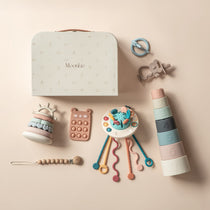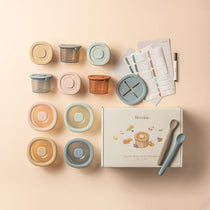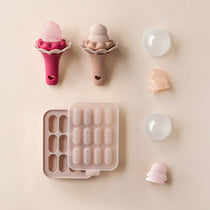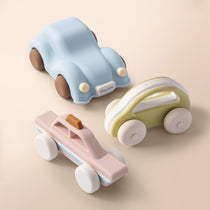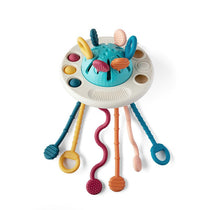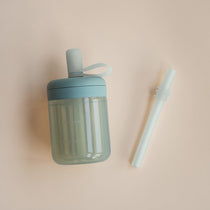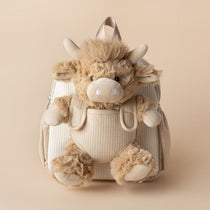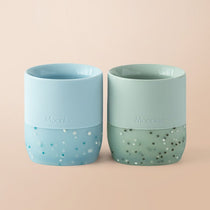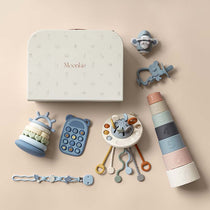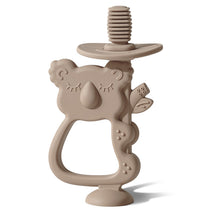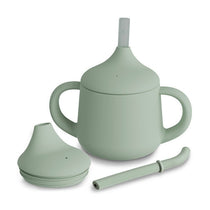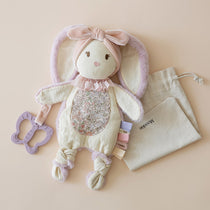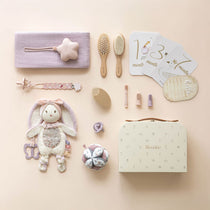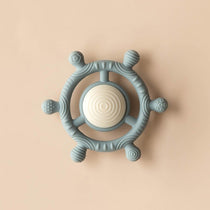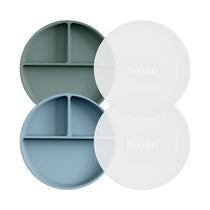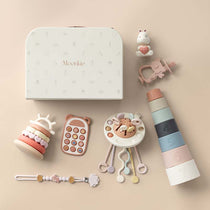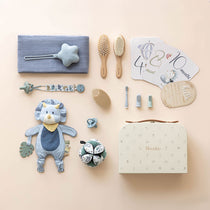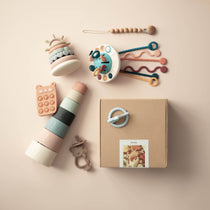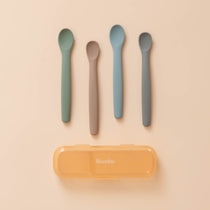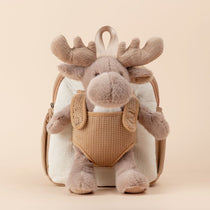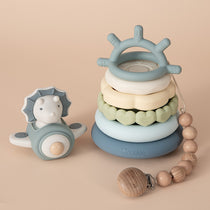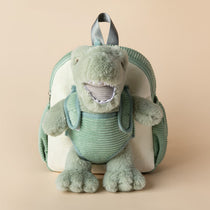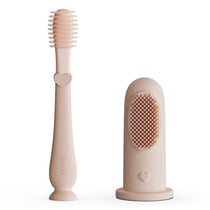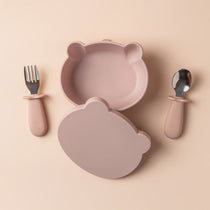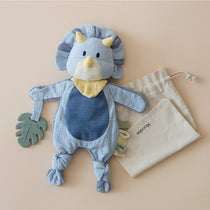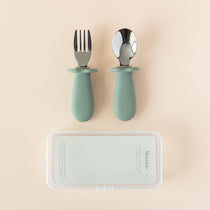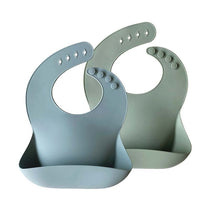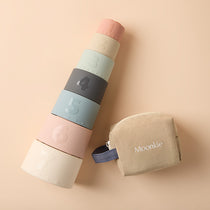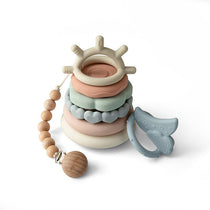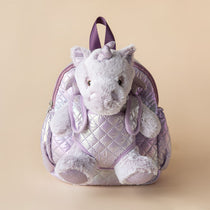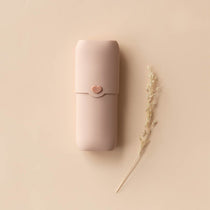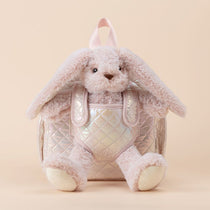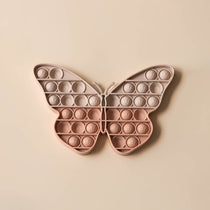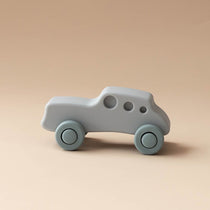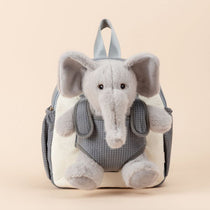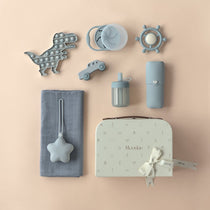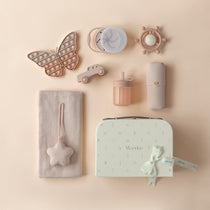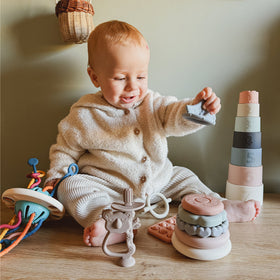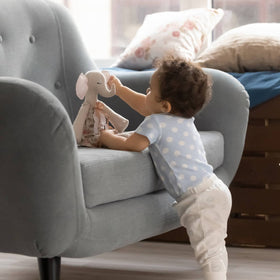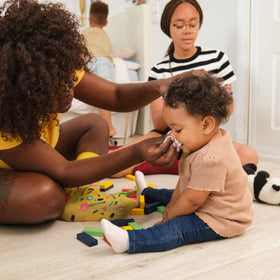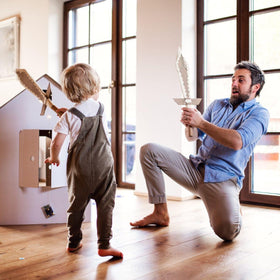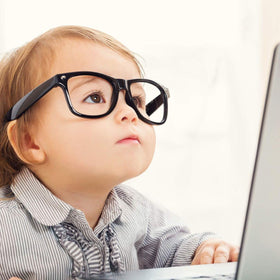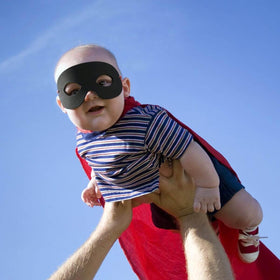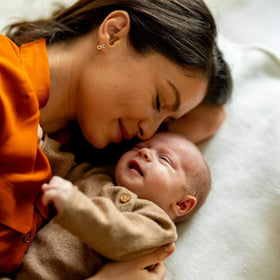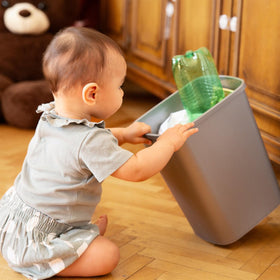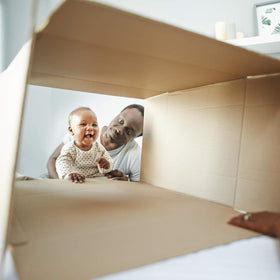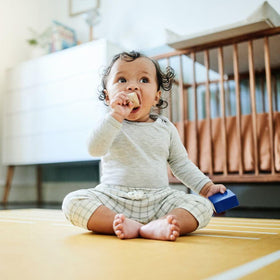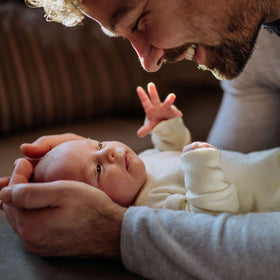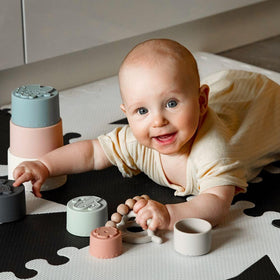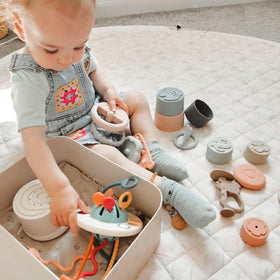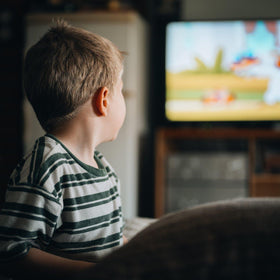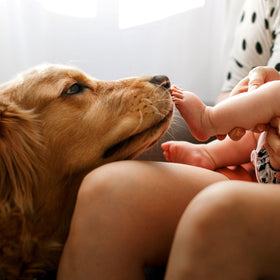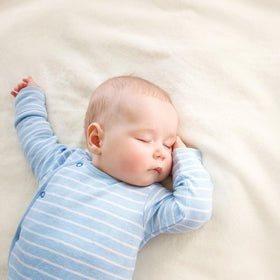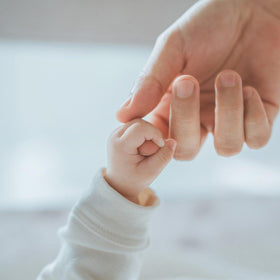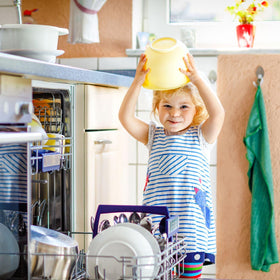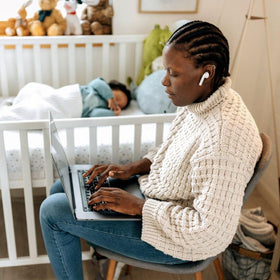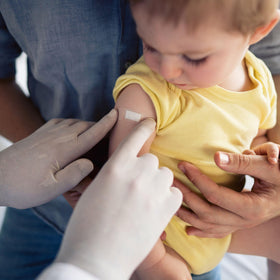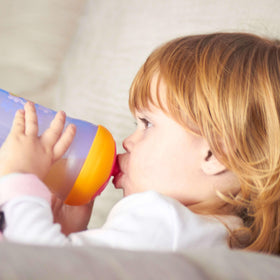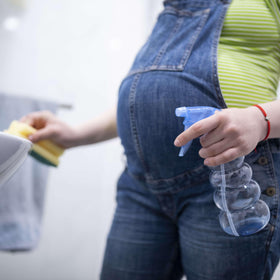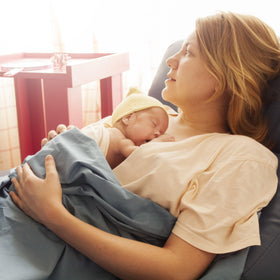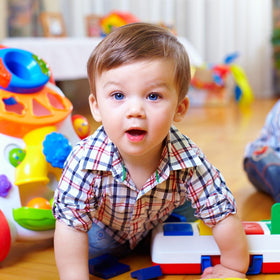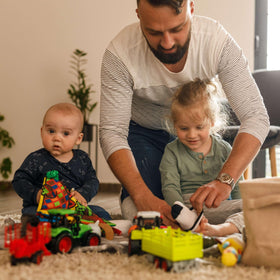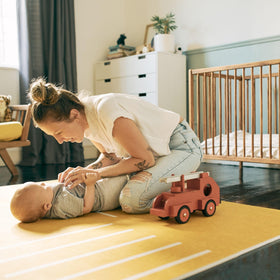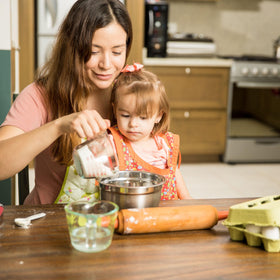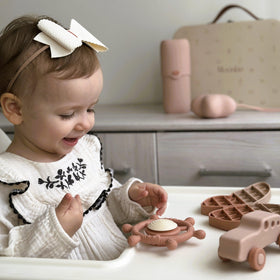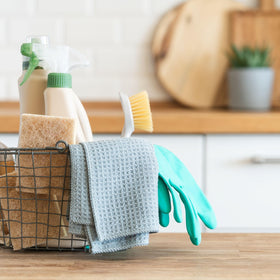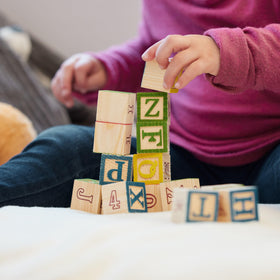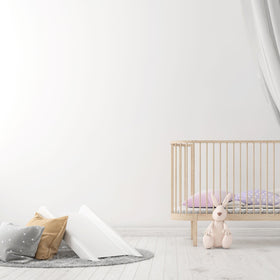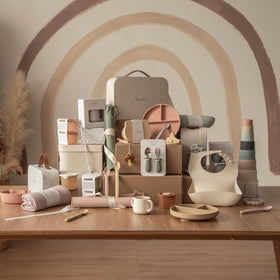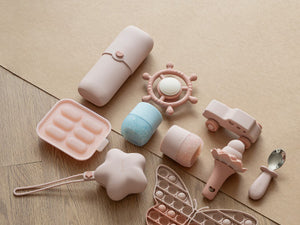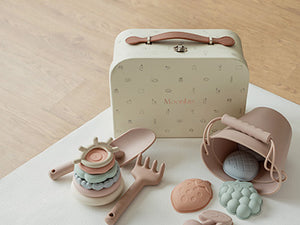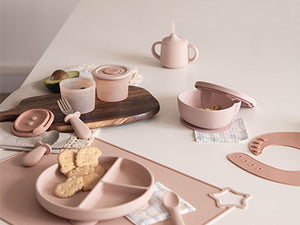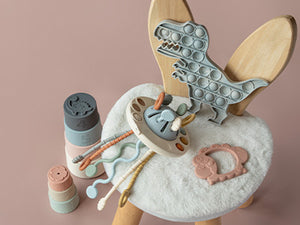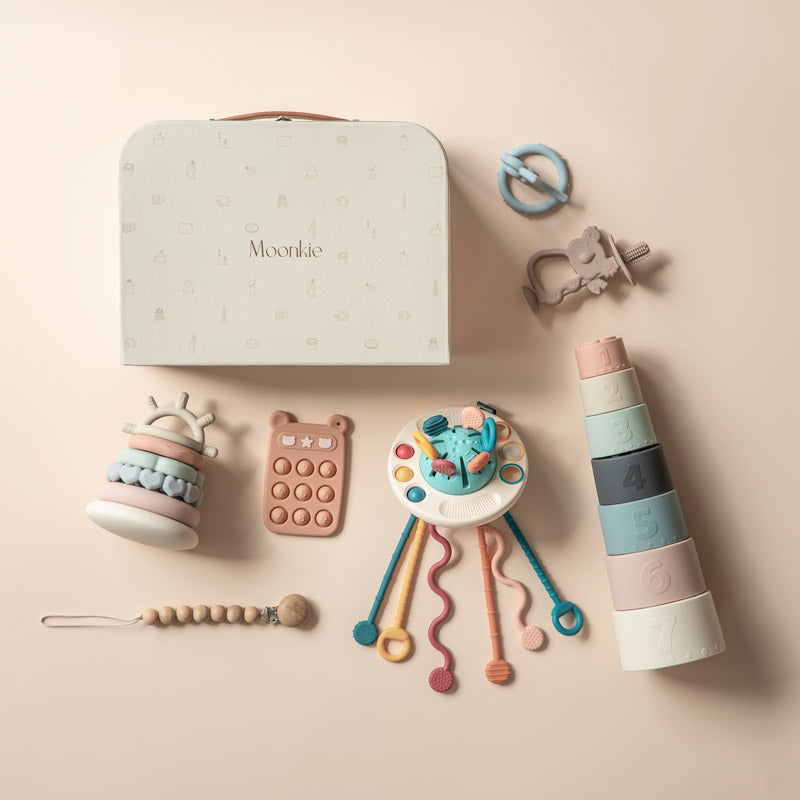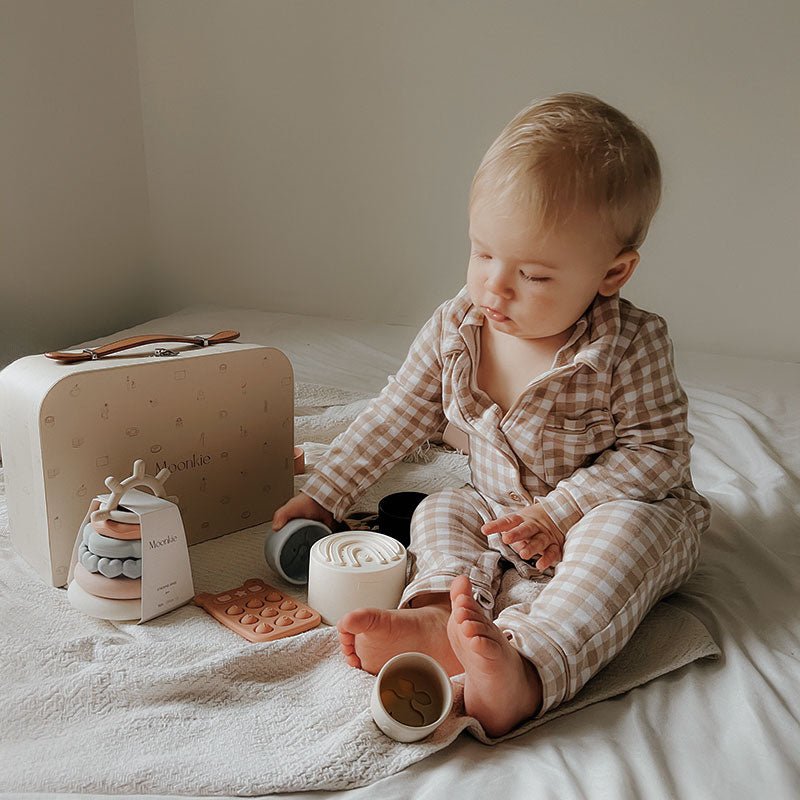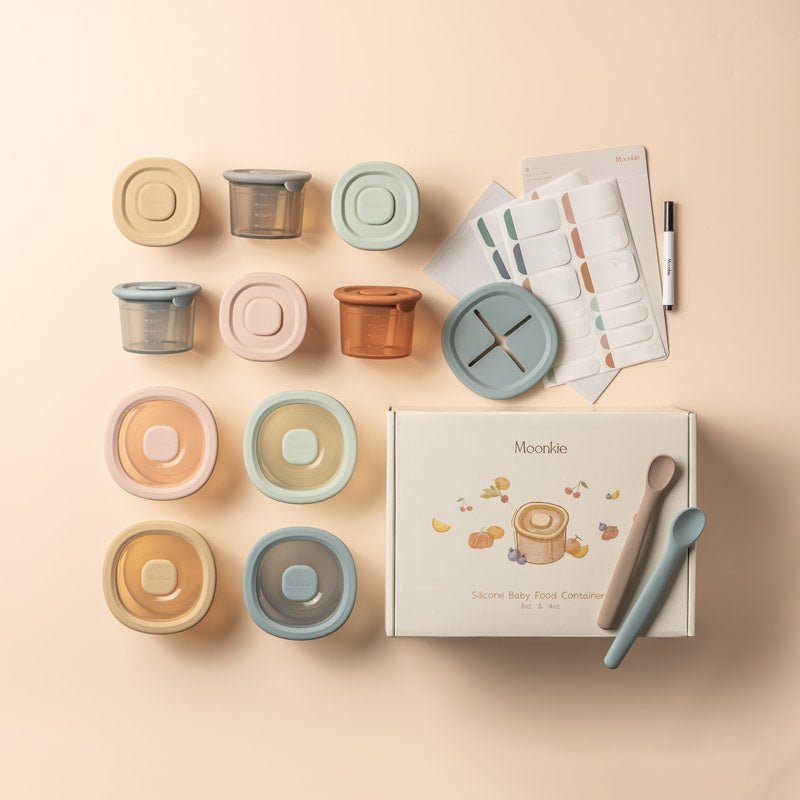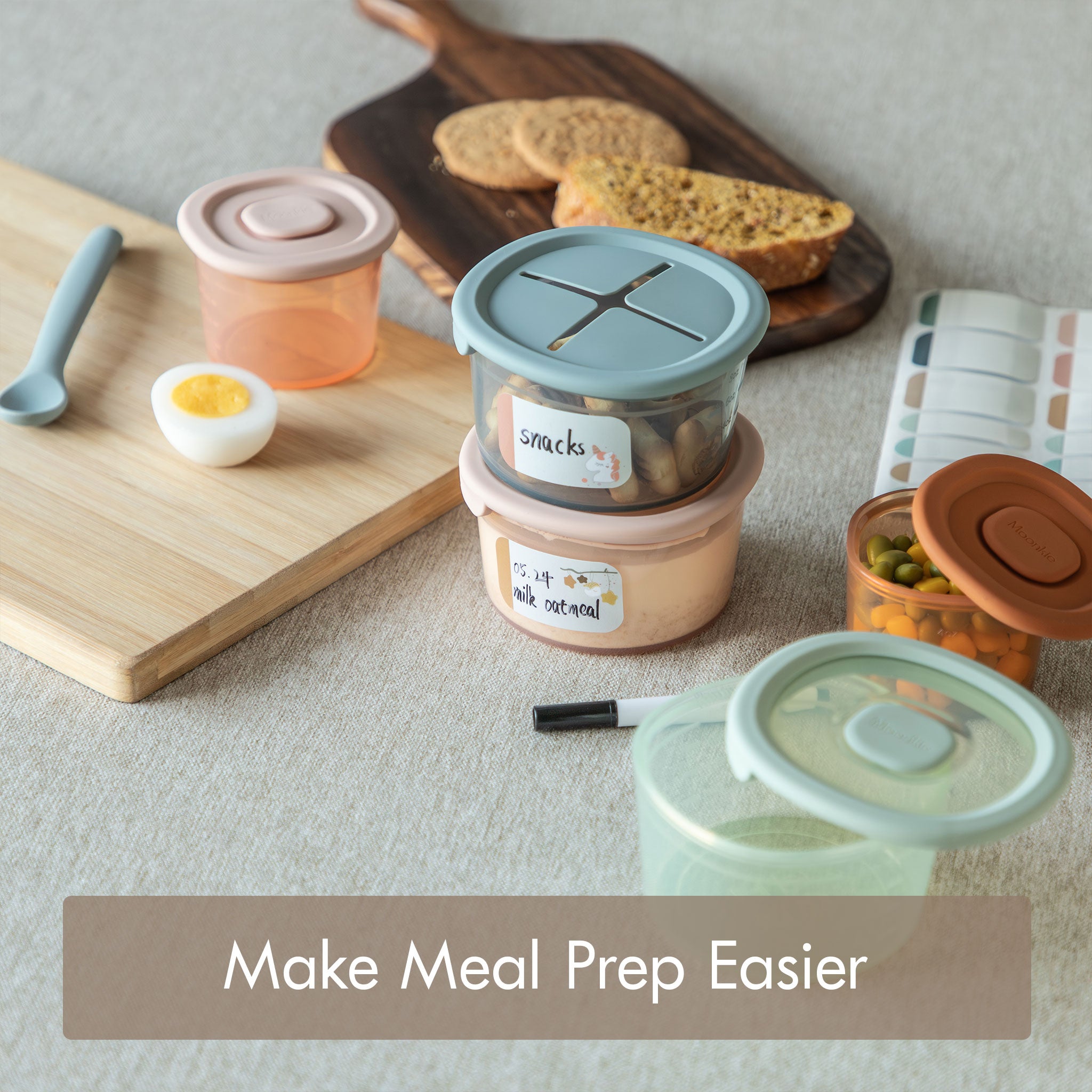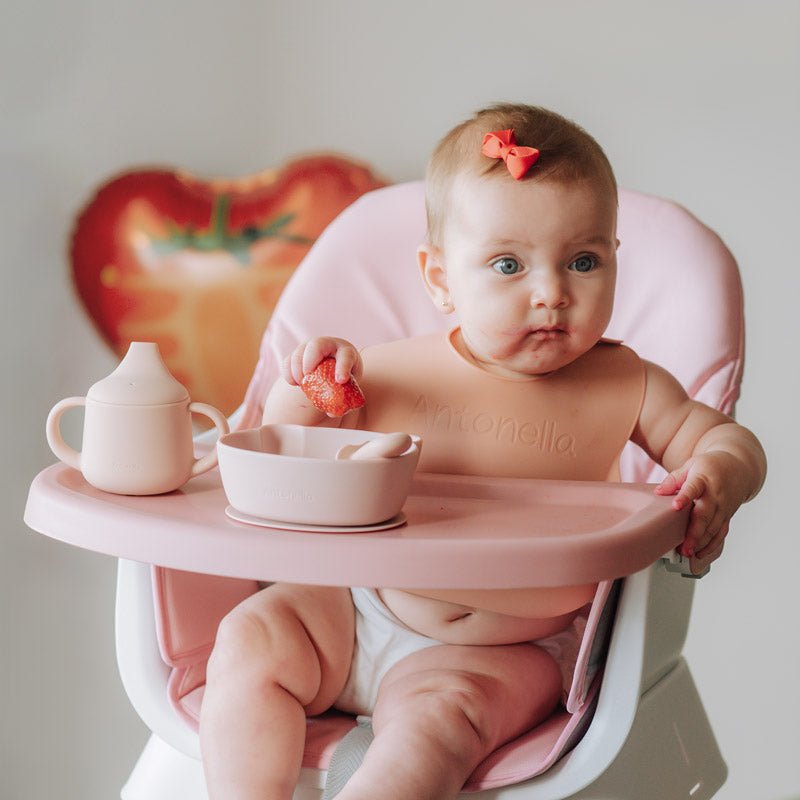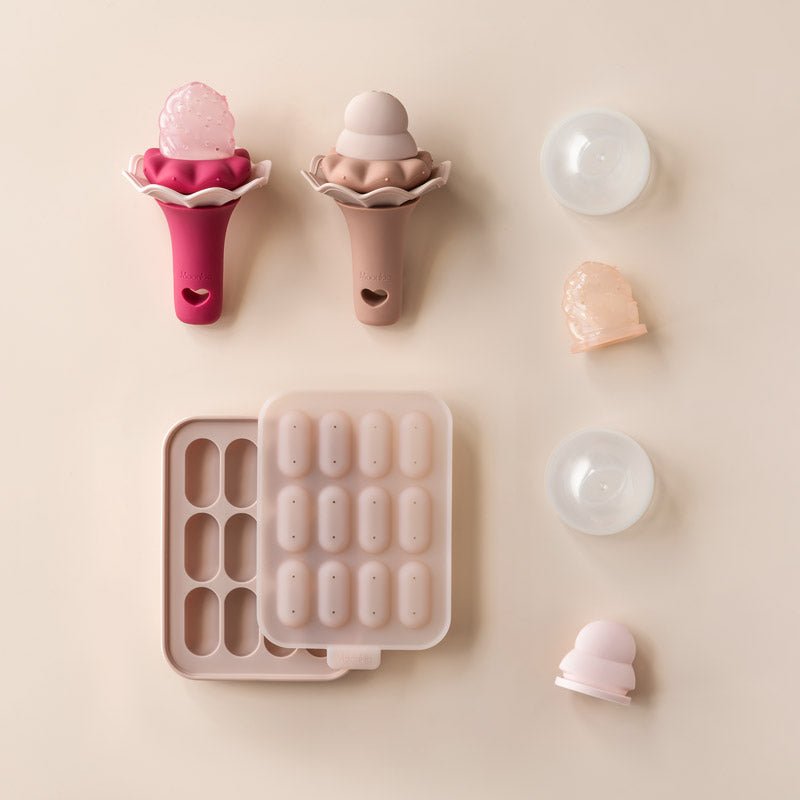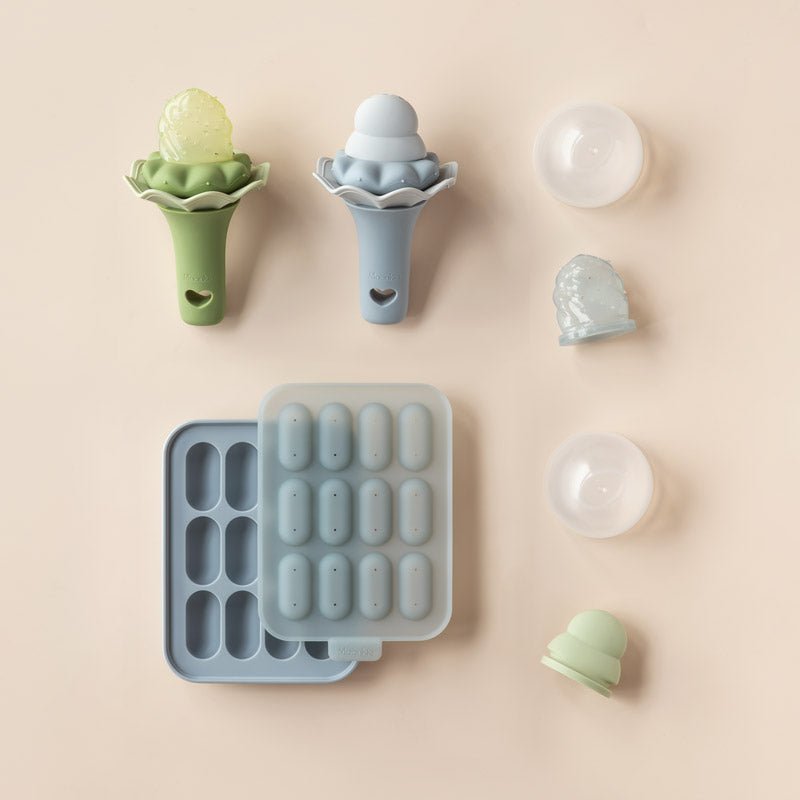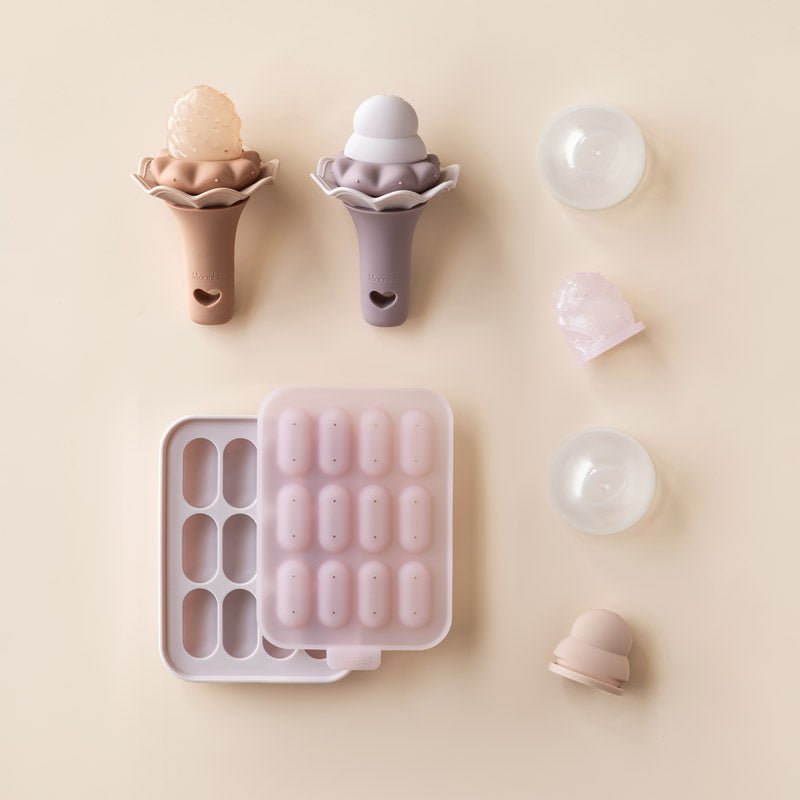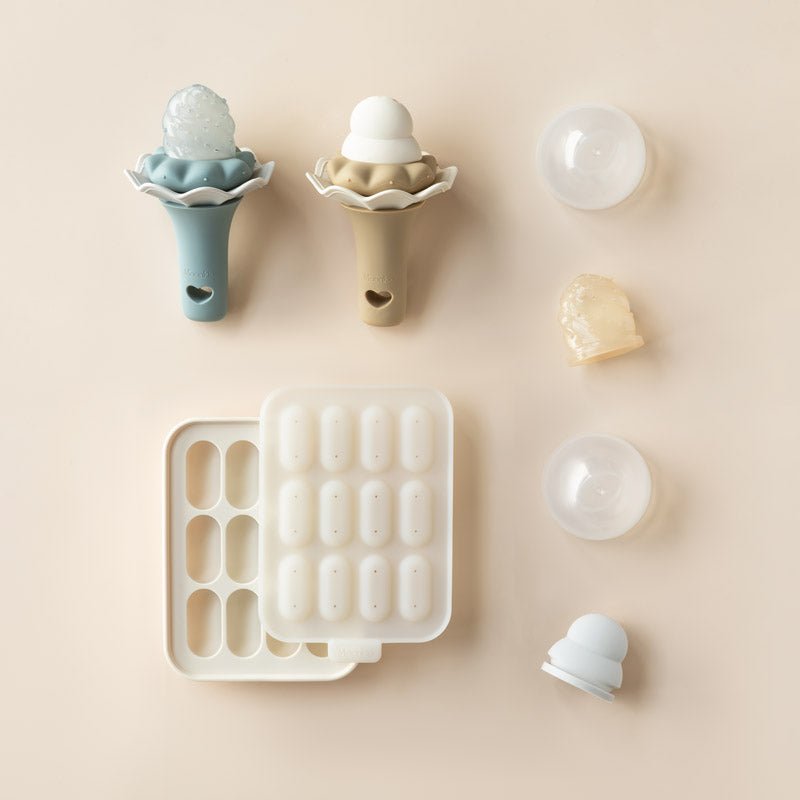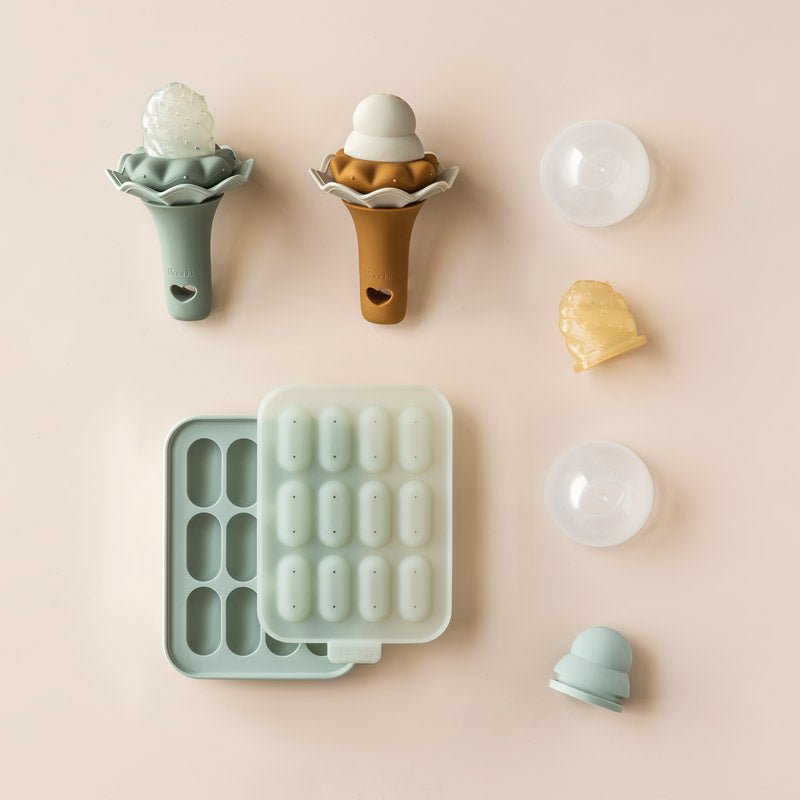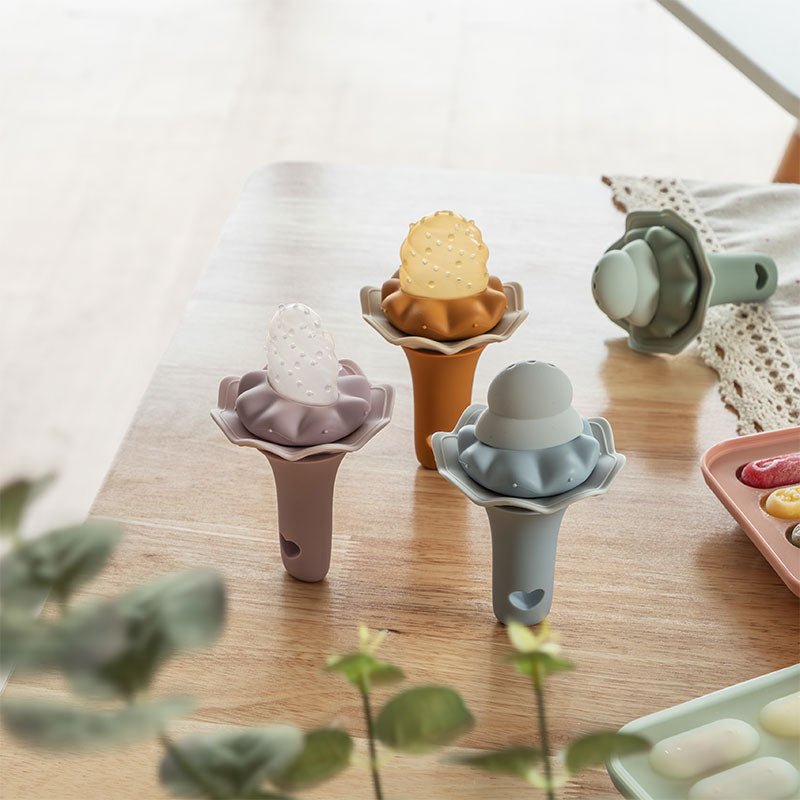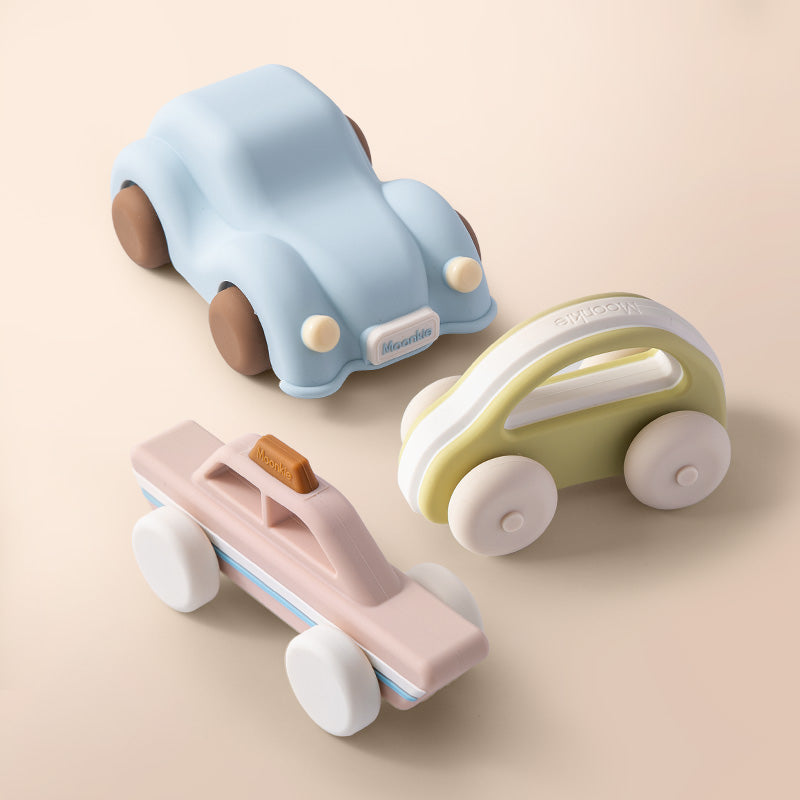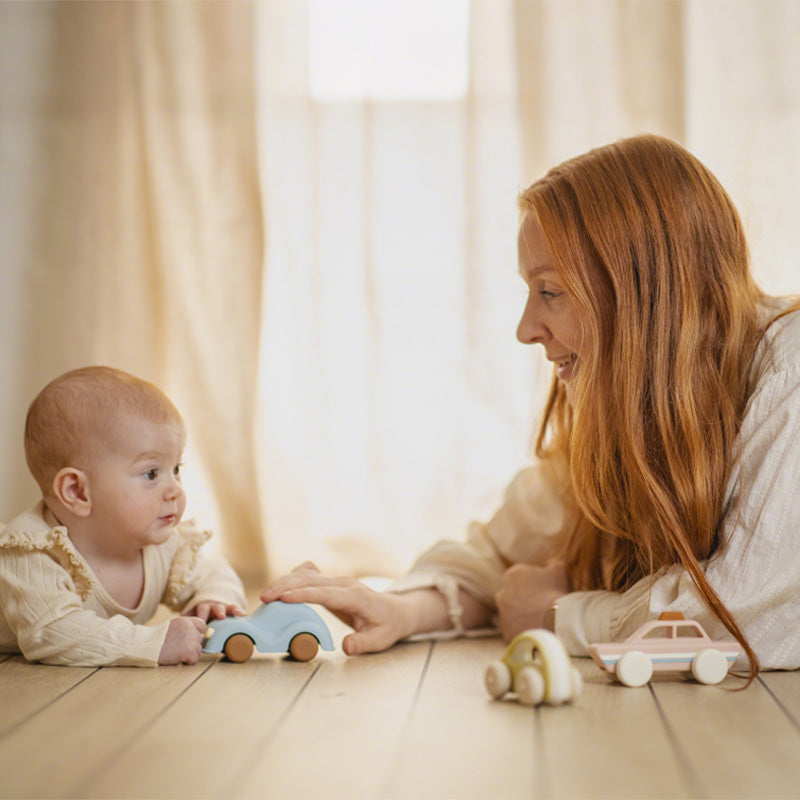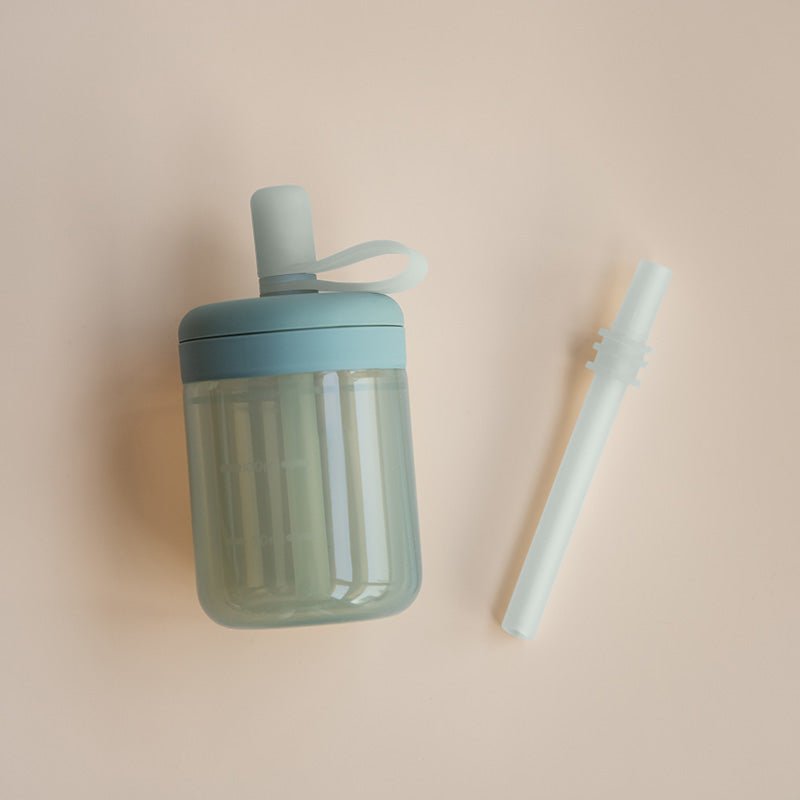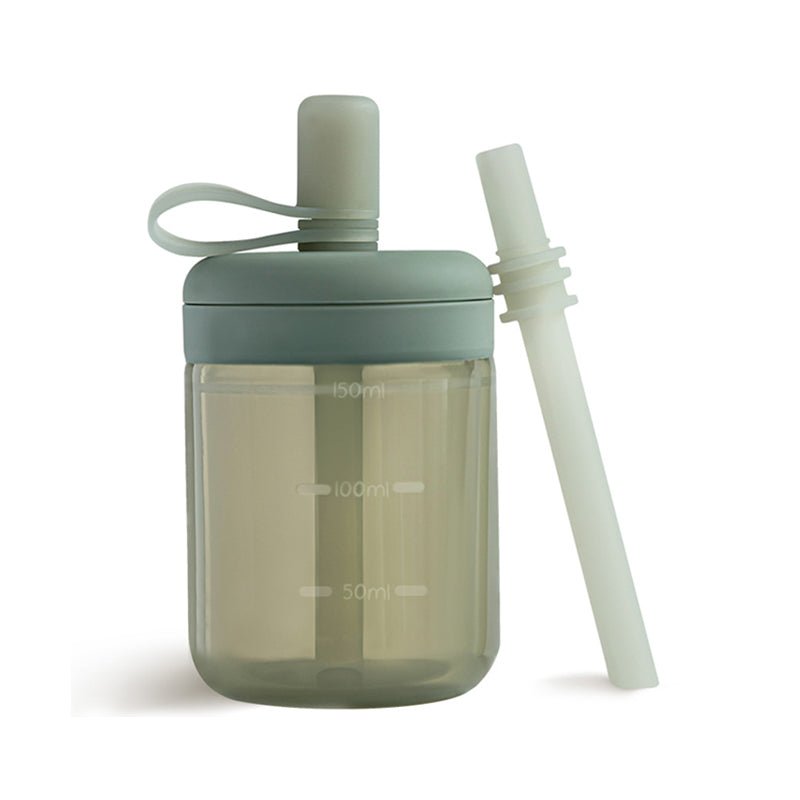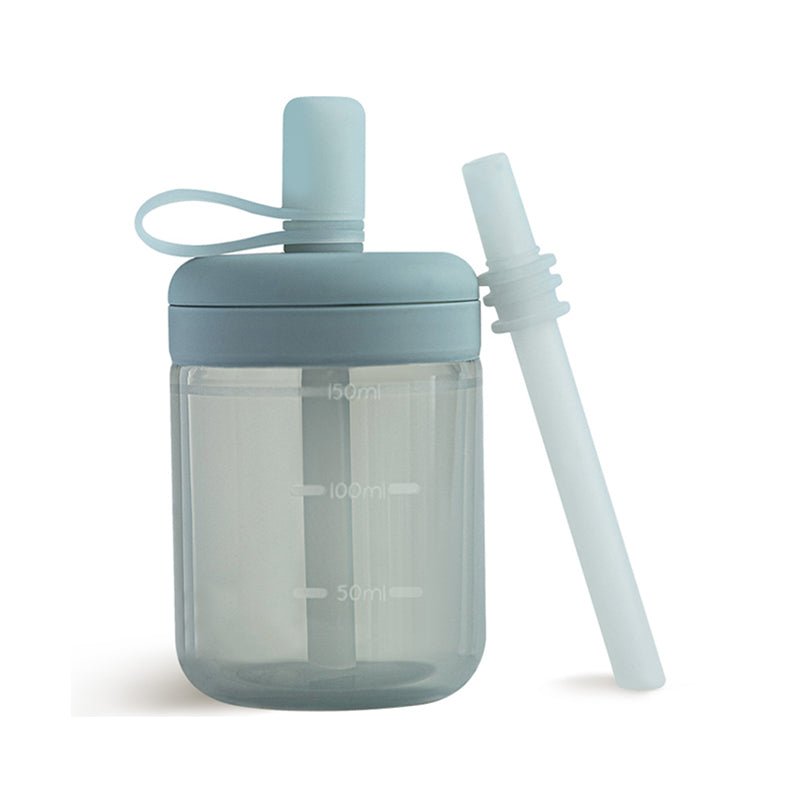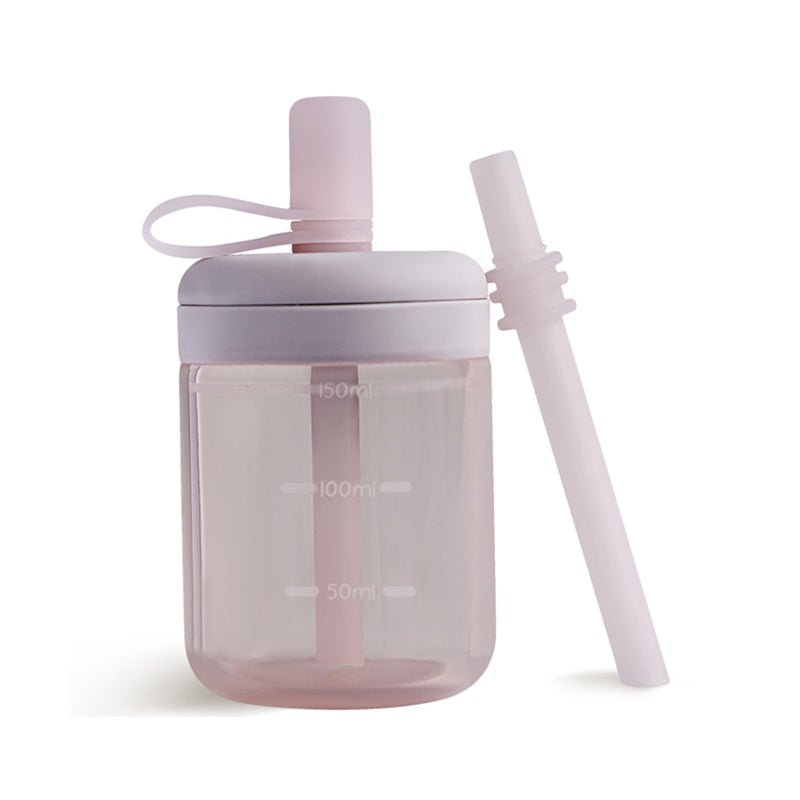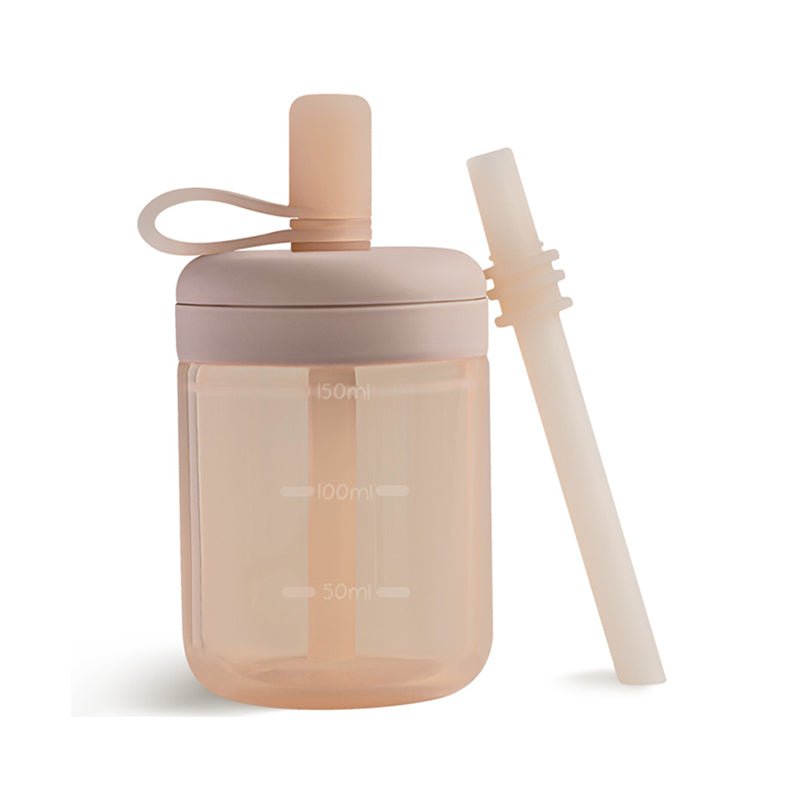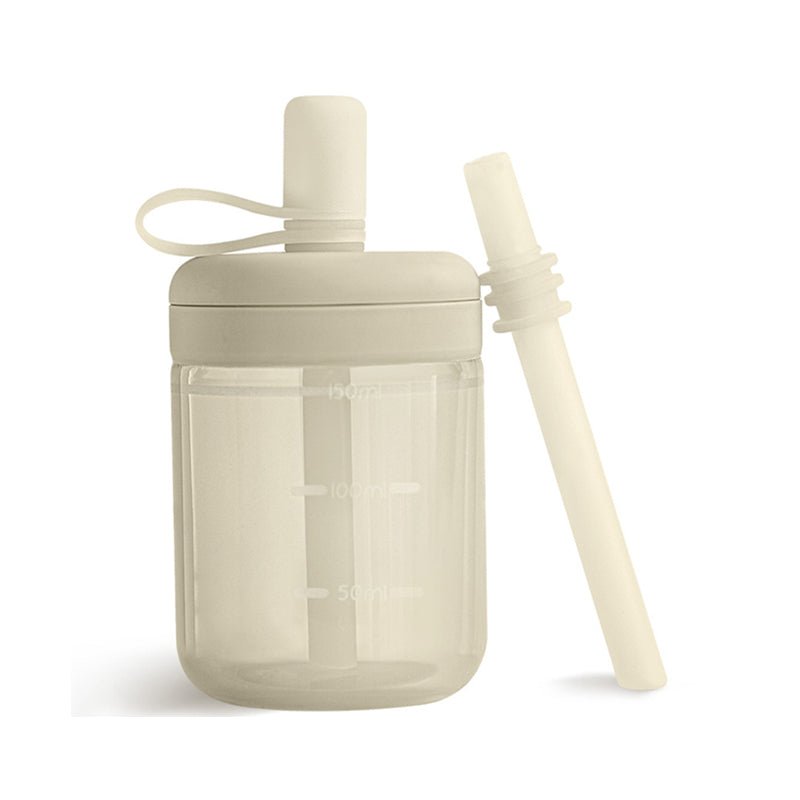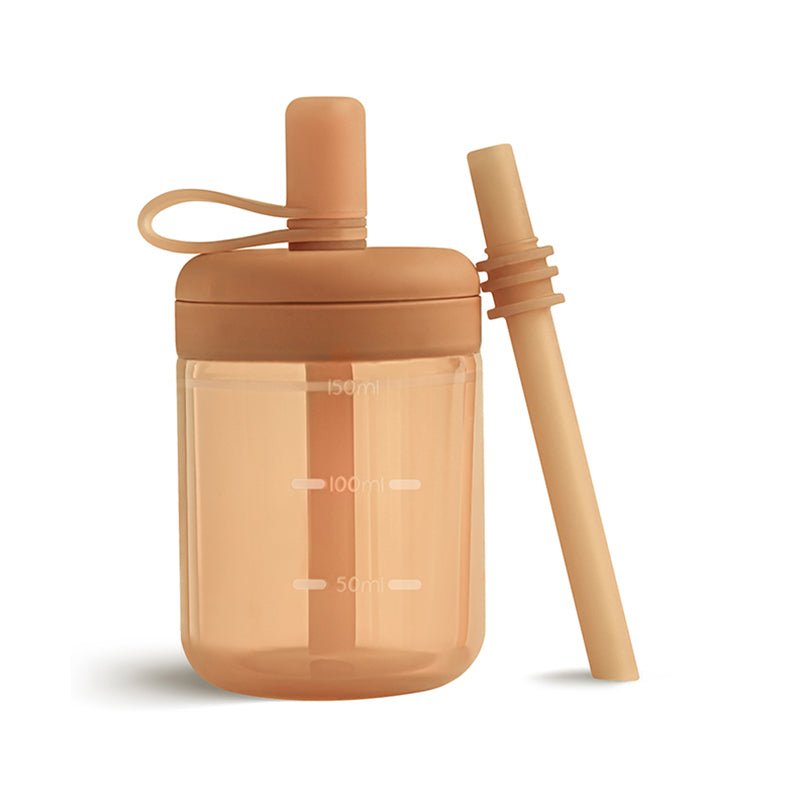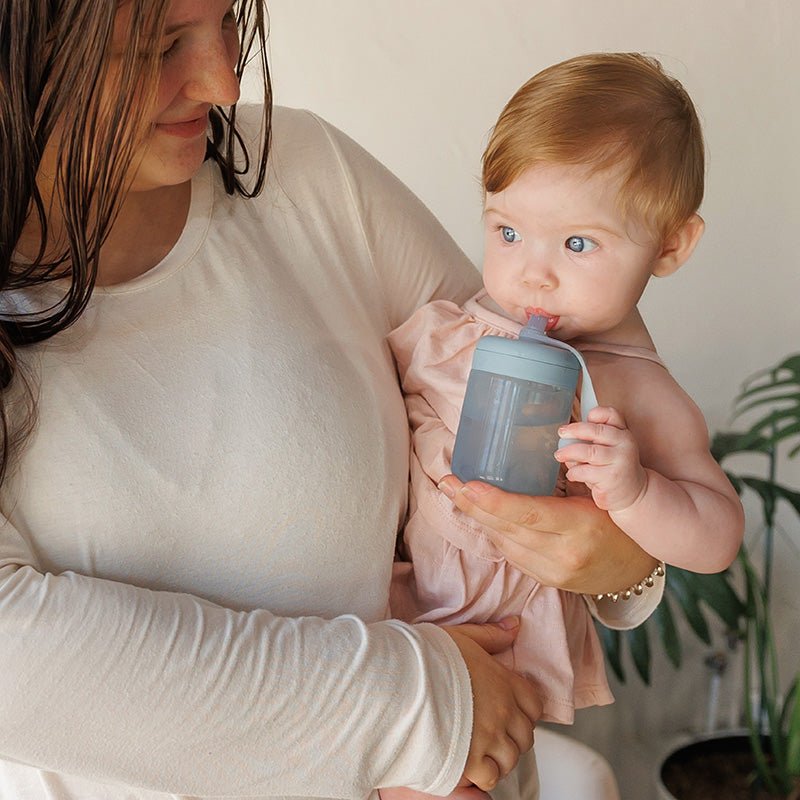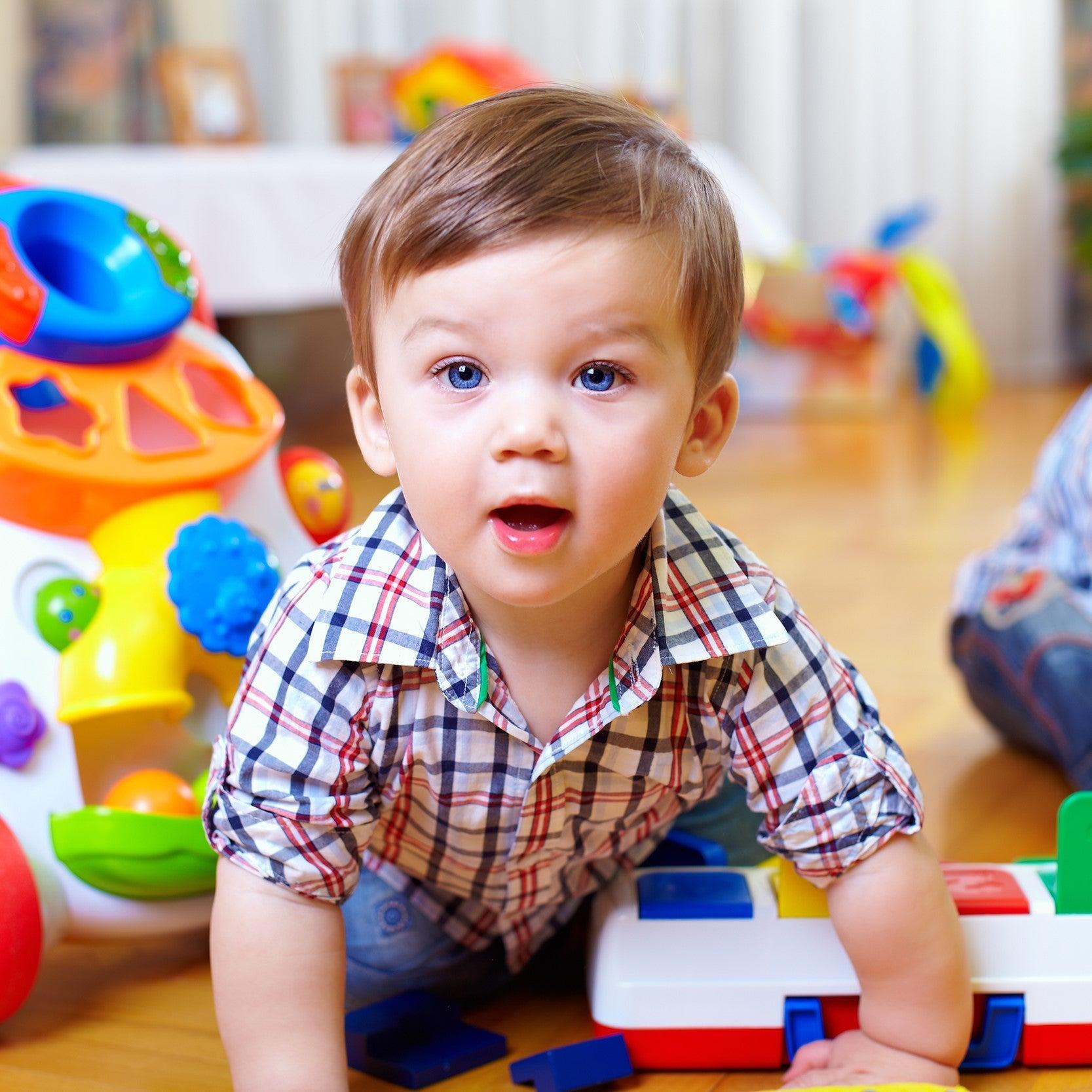
Baby products are incredible these days--we have a tool or product for almost anything you can think of. But struggles exist with those products. Knowing them ahead of time will help you avoid the biggest headaches and lessen the little pains.
Baby product struggles include high cost-per-use, short lifespan, sustainability, cleanliness oversight, and more. Parents on a budget can save decent money by researching baby development and products and asking other experienced mothers about what worked and what didn't.
I don't intend this article to come across as a list of complaints but warnings. I've learned these common pitfalls from experience and conversations with other parents and daycare workers. Thankfully, you can avoid many of these struggles if you are aware of them before buying!
1. High Cost-Per-Use
Babies develop rapidly, creating around 1 million new neural connections per second (source). On average, they triple their birth weight and grow around 9.5 inches longer in their first year (source).
All that development and growth means baby products intended for one phase won't see much use before your baby has moved on to the next stage. Baby clothes, in particular, are a prime example.
Some new parents buy or receive tons of new baby clothes but find that their little one grows into the next size before wearing each outfit more than a couple of times!
So, if you are on a budget and need to buy baby clothes, limit fancy fabrics and name brands to just a few outfits. Everything else can be simple everyday outfits--just enough to keep some on hand, in the diaper bag for backup, and in the laundry for washing.
Other baby products with a high cost-per-use are:
bassinets
baby swings
baby shoes
decorative crib bedding
baby timers
These items are rarely used and cost a pretty penny, so if you need to save money, avoid purchasing these products!
2. Short Lifespan
Another common baby product problem is lifespan. Many cheaper baby products are intended for one baby, so they are made with low-quality materials, like plastic and low-quality silicone.
Yet even some pricey products made from high-quality materials have a short lifespan. For example, natural rubber pacifiers only last four to six weeks for hygienic and safety reasons.
Other natural materials have specific cleaning instructions. Some can be sterilized, but not others, and cleaners are okay on some but not others. For specifics, read The Dos and Don'ts of Disinfecting Baby Toys: A Comprehensive Guide.
3. Sustainability
Some parents are concerned about environmental sustainability, while others could care less. However, if environmental sustainability is a big deal in your mind, you will soon discover that very few baby products are sustainable.
300,000 disposable diapers go to the landfill or get incinerated every minute. Manufacturers often make them by an oil-fueled process with chemicals and plastics that don't break down in the environment, causing issues for landfills and governments worldwide (source).
Read The Ultimate Guide to Reusable Cloth Diapers for an in-depth look at the baby diaper situation and more sustainable options.
So many baby products are either disposable or thrown away after a baby has outgrown them because it's not sanitary to pass them on to another family. But when made of plastics, low-quality silicones, sulfates, phthalates, parabens, or unsustainably sourced natural materials, throwing things away causes more harm than good.
But what can we do? We must provide for our babies. Buying sustainably sourced and produced baby products is a start, and buying secondhand lengthens the lifecycle of less sustainable products.
Moonkie has opted for sustainability by creating high-quality, durable silicone baby products that last through several babies. In Pros and Cons of Silicone Baby Toys: A Comprehensive Guide for Parents, you can find a thorough breakdown of silicone, how it's made, and a comparison to other sustainable materials.
4. Cleaning and Sterilizing Difficulties
One of the prime reasons we work with food-grade silicone is its ability to be sterilized repeatedly without falling apart. Many baby products and materials are difficult to clean by design or simply cannot withstand sterilization.

Some folks are under the impression that spraying all the plastic and wooden toys with Lysol is enough to kill harmful germs, but that could do more harm than good. Disinfectant sprays leave residue behind that often contains chemicals you probably don't want your baby to ingest.
Likewise, chemical sprays and wipes also leave residue in the wood grain of blocks and toys without a wood finish, leading to ingestion by little ones still exploring everything with their mouths. Yet, you cannot soak wooden toys in soapy water for cleaning because they can swell or crack.
Homemade vinegar-based sprays work on some materials but not all. A quality silicone product, however, can be scrubbed with soapy water, rinsed, and boiled for up to five minutes to sterilize it.
Knowing which materials you can clean with what soap, spray, or sterilization method will help keep your baby's products clean and in excellent condition. This knowledge will also help you clean secondhand products well before giving them to your little one.
5. Overwhelming Options
There are so many options on the market for any one thing! The baby product world is chock-full of everything you can imagine in seemingly any color under the sun. With so many iterations of each product, it's a wonder we can decide what to buy!
The biggest problem is a question that nags some but not others: Is this product better than that other one (or the other)?
Sometimes, it doesn't matter much. For example, onesies from one company to another didn't matter much to me for everyday clothes. All I cared about for onesies at home was fit, skin reactions, and ease of cleaning.
But some items really mattered to me, like soap, detergent (eczema), a "grow with me" car seat, sippy cups, quality toys, and logical baby food storage containers. I was extremely picky about those because they were often expensive failures.
Eczema-friendly soap and detergents are not cheap, but my babies even reacted to all the pricey doctor-recommended options until I finally decided to start making my own.
Car seats must be safe, fit the car well, and be easy to work with, but they are expensive to replace with a larger size or with a different version if you don't like the one you initially purchased.
You get the point. Finding the "right" option for your little one is not easy when the market is saturated with tons of variations at a range of price points. Some things don't require a lot of thought--just get what works. But sometimes, you are backed into a corner by more than your preferences to find the "best" option for your baby.
6. Budgeting
Along those lines is budgeting. Everything labeled "baby" seems to have a higher price tag. Being on a tight budget means making tough choices between quality and price.
On the one hand, buying high-quality baby products means you save more in the long term because you don't have to buy replacements as often. Additionally, parents planning to have another baby can use high-quality baby products for the next kid!
But on the other hand, high-quality products are expensive upfront. Cheaper products that do the job seem more logical when struggling to make ends meet, even if that means replacing those cheap items more often.
Here are a few strategies to help you navigate the limited budget struggle:
Let friends and family help.
Reduce what you want and focus on needs before wants.
Buy quality items for what matters most and cheap items for what doesn't matter as much.
Shop secondhand items first.
If you want to narrow your list of baby products but are unsure how to do so, check out The Minimalist Mom's Ultimate Guide to Baby Products for ideas.
7. Uncertainty
When making that baby registry or shopping for the next baby phase, you may be uncertain about what your little one will actually like. Babies have unique personalities, complete with preferences, desires, and annoyances.

So, not only will your own kids differ quite a bit, but each one will significantly change as they develop. For example, my son hated pacifiers. He wanted nothing to do with them. However, my daughter wanted one all the time.
Books, toys, hats, shoes, and everything else will likely bring up some opinion in your little one, especially after the two-month mark.
How can you know which products your baby will like? Well, you can't know for sure. I would gather hints about toys from playing at the library, nursery, or friends' houses. But even if I was spot on in one phase, preferences would sometimes change in the next.
8. Sizing
Babies come in all shapes and sizes, which is a problem for an industrial manufacturing-based market. One of my kids was way ahead of average, and another was way smaller than average. So, predicting what sizes I needed in season changes was tricky!
It's not just clothes, though. Bottle nipples, spoons, sippy cups, shoes, hats, sunglasses, and such require proper sizing to be efficient. Sometimes, sizing or age charts are helpful, but your baby may be far from average. In that case, good luck!
9. Over Complications
Why does everything have to be so overcomplicated? Baby toys, for example, probably shouldn't have flashing lights, loud music, and lots of talking. In fact, babies playing with electronic toys tend to exhibit lower communication skills than those who play with simple toys and books (source).
Simple toys give little ones room for imaginative play, where a strong communication foundation is built. Yet the baby toy aisles are loaded with flashy electronic toys. Don't believe the hype! They are entertaining because they are distracting--not necessarily because they help "teach" your baby vocabulary.
Baby schedules are another common area that has been overly complicated and heavily monetized. Baby timers track when your baby should eat, sleep, change, and be awake, but these are not very helpful because babies' bodies fluctuate and "get off-schedule" often.
Soaps and detergents are also easily overcomplicated. Most parents don't realize newborns don't need soap until around 4 to 6 weeks old, and even then, they don't need fragrances, foam, suds, or bubbles.
If your baby has eczema or an odd rash, you should probably avoid soap because it could sting or dry the skin more (unless instructed differently by your doctor). Some babies do well with doctor-recommended creams, soaps, and detergents, but two of mine were not reacting well, so I learned to make super basic soap and detergent.
Babies just don't need the fragrance oils, dyes, glycerin, or sulfates--and that's the shortlist. Most of these extra ingredients simply make the soap look, feel, and smell "better," which may not actually be better for your little one's skin.
As a general rule of thumb, when it comes to babies, simple is typically better.
10. Lies and Assumptions
Some things are overcomplicated to stand out from competitors, but some companies make money on outright lies or assumptions. We all know different babies prefer different things, and some require more than others for health reasons.

However, monetizing lies or assumptions is just ridiculous. For example, babies don't need knee pads--they are brilliant and tough enough to crawl without them.
Wipe warmers are another assumption. Babies will cry when you wipe them with warm or room-temperature wipes, so unless you pull wipes out of your fridge, warm wipes will not be any better than room-temperature wipes.
Besides, babies accustomed to warm wipes will throw a huge fit when you change them away from home with standard wipes. It's not worth the hassle!
Crib bumper pads are another monetized assumption. The idea is to keep your little one from bumping into the crib walls or from sticking their limbs through the bars, but the Consumer Product Safety Commission has warned against them for years and even banned them in 2022 (source).
These are just a few examples of what to watch out for. If you want to avoid buying products your baby doesn't need, talk to other moms, read forums, and ask your baby's pediatrician about specific products related to your baby's health. The more you know, the more nonsense you can avoid.
In a Nutshell
Lessons in which baby products work or don't work come quickly with that first child. However, if you plan to expand your family further, rest assured you will have a much better sense of what you need and want for your babies with each newborn.

